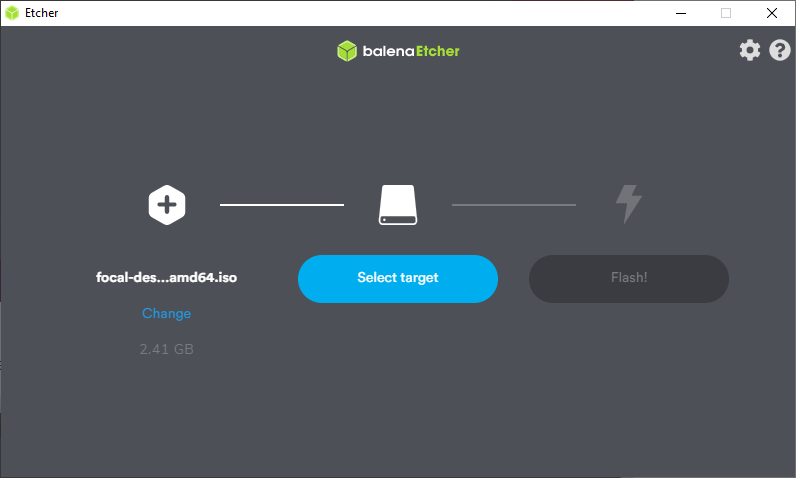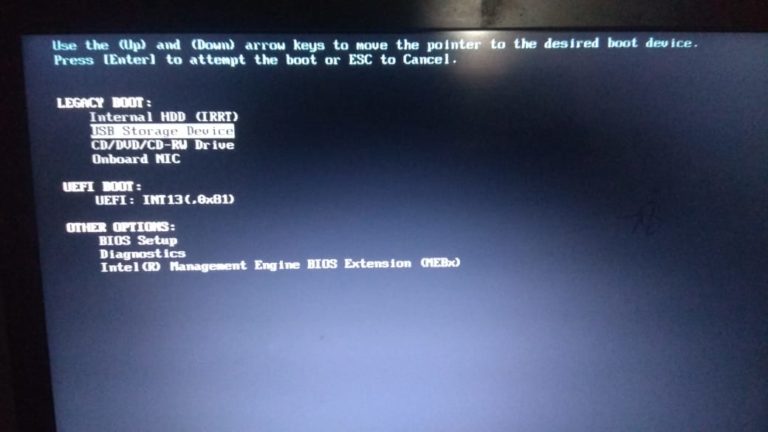

- #BOOT INSTALL UBUNTU FROM USB DRIVER#
- #BOOT INSTALL UBUNTU FROM USB PORTABLE#
- #BOOT INSTALL UBUNTU FROM USB WINDOWS 8.1#
- #BOOT INSTALL UBUNTU FROM USB PC#
- #BOOT INSTALL UBUNTU FROM USB PLUS#
#BOOT INSTALL UBUNTU FROM USB PORTABLE#
For starters, the external HDD is not portable as you cannot boot with it on another computer.

Therefore it adds itself (actually, the bootloader it uses, GRUB2) to your computer's UEFI configuration. Unfortunately the Ubuntu Installer assumes that you want a dual booting configuration alongside Windows. This guide assumes the use of btrfs and will point out the caveats with this approach. For your sanity's sake I recommend using ext4.
#BOOT INSTALL UBUNTU FROM USB PLUS#
I chose to create a modestly sized root partition (about 40Gb), a swap partition that's as big as the biggest RAM configuration I am going to be using this installation with plus one Gb (my computers max out at 16Gb so I made a 17Gb swap partition) and the rest of the disk went to a massive /home partition.Ĭaveat: I chose to use btrfs which – as I learned along the way – makes things a bit more complicated down the line.

When it prompts you about the disk layout choose Something Else and partition your external HDD the way you want. Remember that you may have to enter your computer's boot manager to do that (on my Intel NUC I have to press F10 on most other BIOS I've seen it's F9 consult your BIOS documentation). Installing Linuxīoot your computer from the Ubuntu Linux bootable USB drive.
#BOOT INSTALL UBUNTU FROM USB WINDOWS 8.1#
If you are only using modern operating systems with USB 3 support (anything newer than and including Windows 8.1 and Ubuntu Linux 15.04) you can safely enable that option. Enabling the xHCI option in the BIOS fixes the hanging boot issue. Most affected boards (including my Intel NUC) have an option to enable the xHCI host controller interface by default.
:max_bytes(150000):strip_icc()/IMG_20161026_191945-5810fe965f9b58564c69fdcc.jpg)
Therefore the Linux boot will hang forever without any further indication as to what went wrong. Therefore the controller resetting means that Linux can no longer communicate with the USB-attached hard drive. However, your root filesystem is inside a device attached to this USB controller.
#BOOT INSTALL UBUNTU FROM USB DRIVER#
At this time Linux loads the xHCI driver and the USB host controller resets itself. When Linux probes for an xHCI (USB 3) host controller during the boot process they will respond positively. Some firmwares will present the USB host controller as UHCI (USB 1.1) at boot time. It's best to understand what it does and disable it if you plan on writing to your Windows drive from Linux. This feature takes some shortcuts when it comes to booting and also makes the NTFS filesystem remain in a dirty state, making it unwriteable from Linux. It's worth noting that Windows 8 and 10 have an Fast Startup or Fast Boot feature. It also has an option to support Intel Rapid Start Technology which does get in the way of booting to multiple OS. For example, my Intel NUC has an option called Fast Boot which won't let me choose an alternative boot device at startup. Many boards come with some sort of "fast boot" or "boot optimization" options. I suggest turning off Secure Boot if possible. Even though Ubuntu does support Secure Boot (it comes with signed bootloaders) I have no idea if my method uses the signed bootloaders or not. I have only tested these instructions with Secure Boot turned off. Below is a selection of problems that got me moderately stumped along the way. Given enough experience and patience you can work around them. Nowadays, in the interest of security, performance and backwards compatibility, there are many semi-hidden options and features which can get in your way. Having a dual- or multi-boot system isn't as straightforward as it used to be a decade ago. You are going to make changes to your computer. Remember to take backups of all your critical files and folders before continuing.
#BOOT INSTALL UBUNTU FROM USB PC#
That entails having the Linux installation on an external, USB-attached hard disk drive which can boot with relative ease on any UEFI-enabled PC (driver compatibility notwithstanding). Moreover, a decent, up-to-date, bootable Linux environment is a great backup in case all of my other computers are broken, infected or stolen. Sometimes a virtual machine won't cut it for me typically due to memory, disk and performance limitations. I regularly have the need to try things out on Linux.


 0 kommentar(er)
0 kommentar(er)
